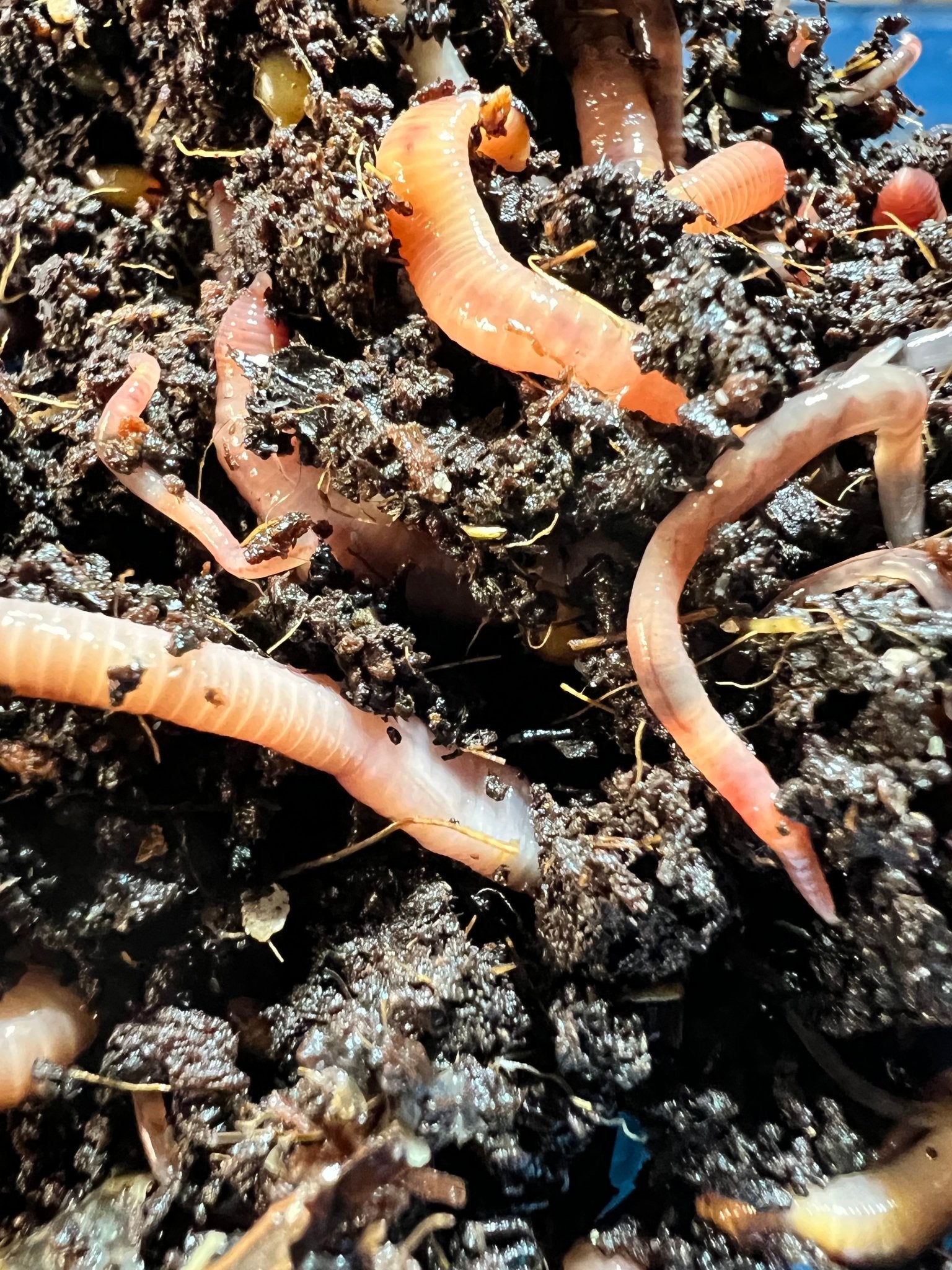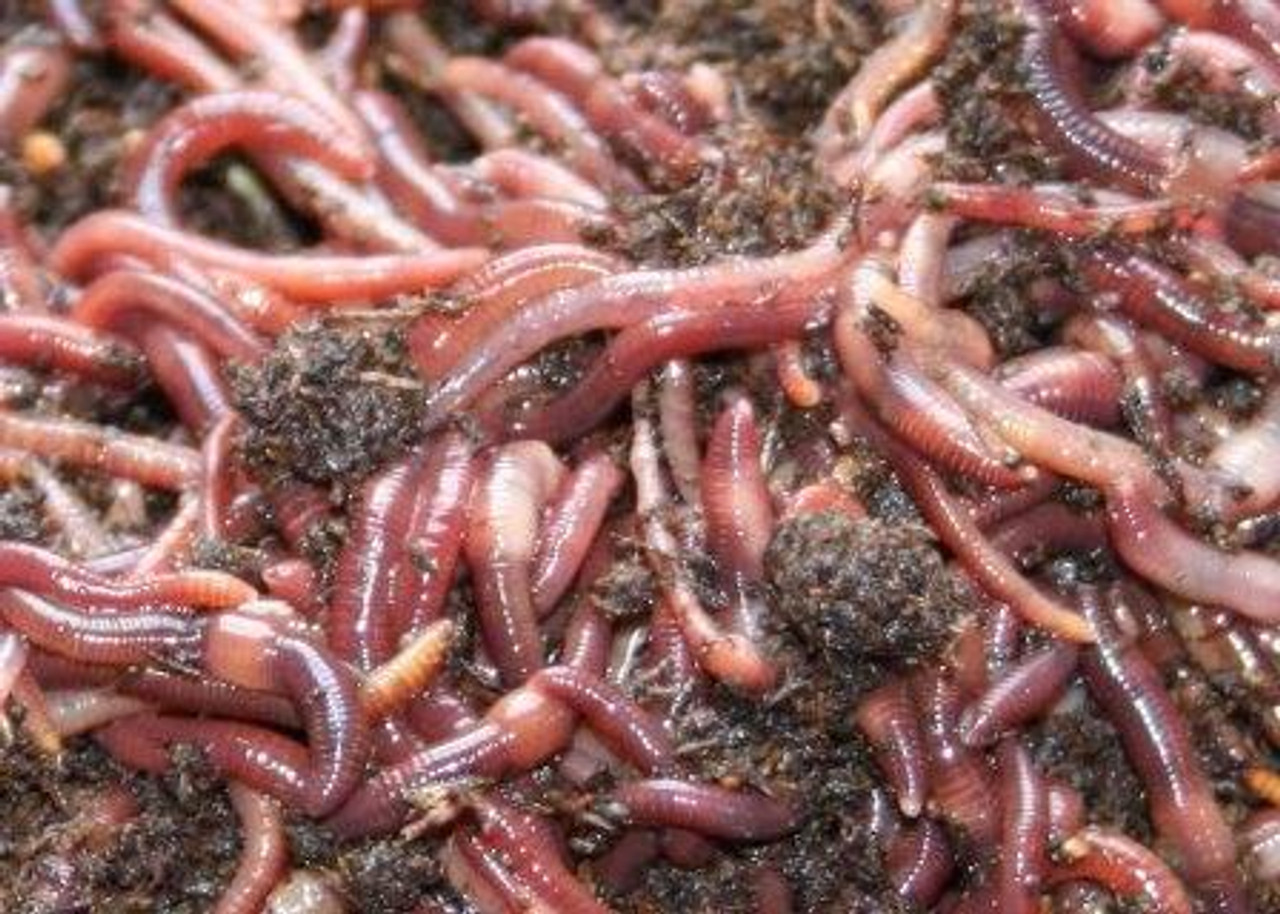Get Your Lawn in Top Shape with the Help of Lake Hickory Bait Yard Care Solutions
Get Your Lawn in Top Shape with the Help of Lake Hickory Bait Yard Care Solutions
Blog Article
Red Wigglers: The Unsung Heroes of Organic Waste Recycling
Red wigglers, or Eisenia fetida, offer as essential representatives in the natural waste reusing process, transforming thrown out materials right into beneficial vermicompost. Their reliable breakdown of natural matter not just improves soil quality but likewise contributes to sustainable waste management practices. As the world progressively seeks services to deal with waste accumulation and improve agricultural performance, comprehending the duty of these worms ends up being essential. What devices enable them to grow in garden compost settings, and how can they be efficiently utilized in both residential and business setups? Checking out these inquiries reveals the broader ramifications of vermicomposting in our ecological landscape.
What Are Red Wigglers?
The impressive durability of red wigglers, medically called Eisenia fetida, emphasizes their crucial duty in organic waste recycling. These tiny, reddish-brown earthworms are normally discovered in decomposing raw material, such as garden compost heaps and manure lots. Lake Hickory Bait. Unlike other earthworm varieties, red wigglers flourish in nutrient-rich environments and are highly efficient at breaking down organic products, making them essential for vermicomposting

(Red Wiggler Express)Along with their function in waste reduction, red wigglers add to dirt wellness by enhancing dirt framework and oygenation through their tunneling tasks (Lake Hickory Bait). Their presence in composting systems not only improves decay prices but likewise advertises a lasting approach to waste administration, highlighting their relevance in ecological conservation efforts
Advantages of Composting With Worms
Composting with worms, specifically red wigglers, supplies numerous advantages that improve both waste administration and dirt wellness. First, these worms successfully break down natural waste, transforming it into nutrient-rich vermicompost that enhances soil. This process speeds up disintegration, enabling a much faster recycling of cooking area scraps and various other organic products contrasted to standard composting techniques.
Furthermore, the vermicompost created by red wigglers is including beneficial microbes, which aid boost soil framework, aeration, and moisture retention. This boosts the general health of plants, promoting strenuous development and boosted yields in yards and farming setups. The use of worms in composting reduces the production of greenhouse gases, such as methane, contributing to an extra sustainable waste management system.

How to Start Vermicomposting
Developing a vermicomposting system is a simple procedure that can produce substantial benefits for both waste management and soil enrichment. To start, pick a suitable container, such as a plastic bin or wood box, with sufficient air flow openings to make sure correct air flow. The measurements should ideally be around 2 feet by 3 feet, allowing sufficient room for the worms to thrive.
Next, prepare bedding material, which can consist of shredded paper, cardboard, or coconut coir. This bed linens needs to be dampened to develop an ideal environment for the worms. When the bed linen is in place, introduce red wigglers (Eisenia fetida) into the container, typically around one pound of worms for every square foot of area.
Adhering to the positioning of worms, add natural waste, such as fruit and veggie scraps, Red Wiggler Express coffee grounds, and smashed eggshells. With these steps, you will efficiently initiate a vermicomposting system that adds to sustainable waste monitoring and improves your soil.
Preserving a Healthy And Balanced Worm Bin
(Red Wiggler Express)Maintaining a worm container growing needs regular interest and care to make certain the wellness of the red wigglers and the effectiveness of the composting process. Appropriate maintenance begins with checking the dampness levels; the container should be moist but not saturated. A great guideline is to preserve an uniformity similar to a wrung-out sponge.
Carefully blending the bedding and food scraps every couple of weeks protects against compaction and guarantees that all worms have accessibility to oxygen. Furthermore, it is crucial to feed the worms suitably.
Temperature policy is one more crucial aspect. Red wigglers prosper in a variety of 55 to 77 degrees Fahrenheit. If the bin ends up being too warm or cool, the worms may end up being stressed - Lake Hickory Bait. Occasionally inspect for indicators of wellness, such as worm populace development and the existence of healthy and balanced castings. By faithfully taking care of these factors, one can maintain a durable and effective worm container.
Effect On Lasting Living
The effective maintenance of a worm container not just benefits the health of red wigglers but also contributes substantially to lasting living methods. By recycling organic waste, such as kitchen area scraps and lawn particles, red wigglers help draw away considerable amounts of product from garbage dumps. This reduction in waste not just decreases greenhouse gas discharges however additionally lessens the ecological concern connected with waste management.
Additionally, the spreadings created by red wigglers function as a nutrient-rich organic fertilizer, enhancing dirt health and wellness and advertising plant development. This natural option to chemical plant foods supports lasting farming and gardening methods, minimizing reliance on artificial inputs that can harm ecological communities. Furthermore, worm composting cultivates understanding of waste management, urging individuals and areas to embrace even more sustainable behaviors.

Conclusion
In summary, red wigglers serve as important factors to natural waste reusing via their efficient disintegration of natural materials. Their ability to generate nutrient-rich vermicompost boosts soil health and wellness and sustains lasting farming techniques. By incorporating vermicomposting into waste administration approaches, people and areas can dramatically reduce waste while advertising ecological sustainability. The function of Eisenia fetida in promoting healthy and balanced environments emphasizes the importance of these organisms in achieving sustainable living and boosting dirt fertility.
Report this page